The not-so-secret art of hiring and retaining tech talent in India
The panel collectively arrived at 4 key possible answers to this question - one paints a sad picture of the state of Indian tech education, one speaks to a shift in the collective job-seekers’ paradigm, and two others that can only be classified as self-inflicted wounds.

Explore the state of tech talent in India and understand its causes and impact while discovering creative solutions for the same.
Each year, more than 15 lakh students graduate from engineering colleges in India. Of these, only 40,000 get high-quality tech jobs.
In spite of laying off nearly 2.5 lakh employees from over 1400 companies, the demand for tech talent continues to trump its supply dramatically. While the talent pool has increased due to large-scale layoffs, lacking specialised talent remains a mammoth concern. According to leading research reports, this downward trend will continue until 2026. The impact of this disruption has been huge on talent acquisition and retention.
Some more numbers:
- 20 lakh: According to a report by BML Munjal University titled ‘AI & Future Of Work: Redefining Future Of Enterprise’, the Indian tech industry must hire 20 lakh people to remain globally competitive.
- 52%: Even after talent acquisition teams burn the midnight oil to attract and offer contracts to the right talent, 52% millennials are willing to drop off within 2 years and join another organisation, says a Deloitte survey.
Clearly, the Indian tech industry is witnessing a crisis at a scale previously unimaginable. And that crisis is along two fronts: (i) hiring talented employees, and (ii) retaining them.
And Covid-19 has brought that crisis into sharp relief: A Willis Tower Watson report found that 78% of organisations in India agree that hiring is their biggest hurdle in 2022.
So, why are organisations struggling to hire talented individuals, despite the massive gap in the volume of jobs available and the number of graduates potentially entering the workforce each year?
Is there not enough talent supporting the degrees graduates receive? Or have the priorities of these degree-holders changed, and simply do not match the ethos of the corporates seeking them?
These questions were posed to the top human resources and talent acquisition leaders from some of India’s largest corporates at the ‘HR Leaders Roundtable’ hosted by Masai, an outcome-driven institute that is on a mission to skill India’s untapped & underutilised talent, and to train them for some of the most in-demand jobs in the world.
A panel of 10 speakers from Intel, KPMG, Oracle, TCS, Firstsource, Kyndryl, Hexaware Technologies, Automation Anywhere, Informatica, and Jio were put to the test on “Why is attracting and retaining talent such an uphill challenge?”
The panel collectively arrived at 4 key possible answers to this question - one paints a sad picture of the state of Indian tech education, one speaks to a shift in the collective job-seekers’ paradigm, and two others that can only be classified as self-inflicted wounds:
- A digital transformation
- Self-prioritisation
- Ignoring Bharat
- Offer-shopping
A digital transformation
Let’s start with keeping pace. As more and more organisations embrace and adopt technology in every aspect of business, talent acquisition leaders are facing a conundrum. While they champion their organisations’ digital-first initiatives through job postings that promise growth - career and financial - there just aren’t enough people in the potential talent pool that fit their requirements.
The situation has further deteriorated as a result of the advent of several disruptive technologies such as cybersecurity, data analytics and clouds. These have caused the existing skill sets of the workforce to become outdated. IT professionals continuously need to upgrade their knowledge and stay up to date with current trends not only to survive but also to remain competitive.
Concurrently, the Indian IT sector also faces stiff competition from new players in the market, such as the explosion in start-up numbers, which offer innovative solutions at cheaper costs. In order to overcome these herculean challenges and to ensure a thriving marketplace in 2023, the IT sector in India needs an innovative overhaul that brings the focus back to building robust talent silos.
“Innovation needs people who can drive it,” says Automation Anywhere’s Sonali De Sarkar. The Senior Director and Head of Talent Acquisition has noticed a wide skill gap at every level of the workforce and across all tech functions.
“To say that hiring teams are finding it difficult to onboard entry-level talent who can work with the latest tools and tech stacks, is an understatement,” she says.
And somewhere, academia has a part to play in it, according to Aditya Pal Singh, who heads talent acquisition at Informatica.
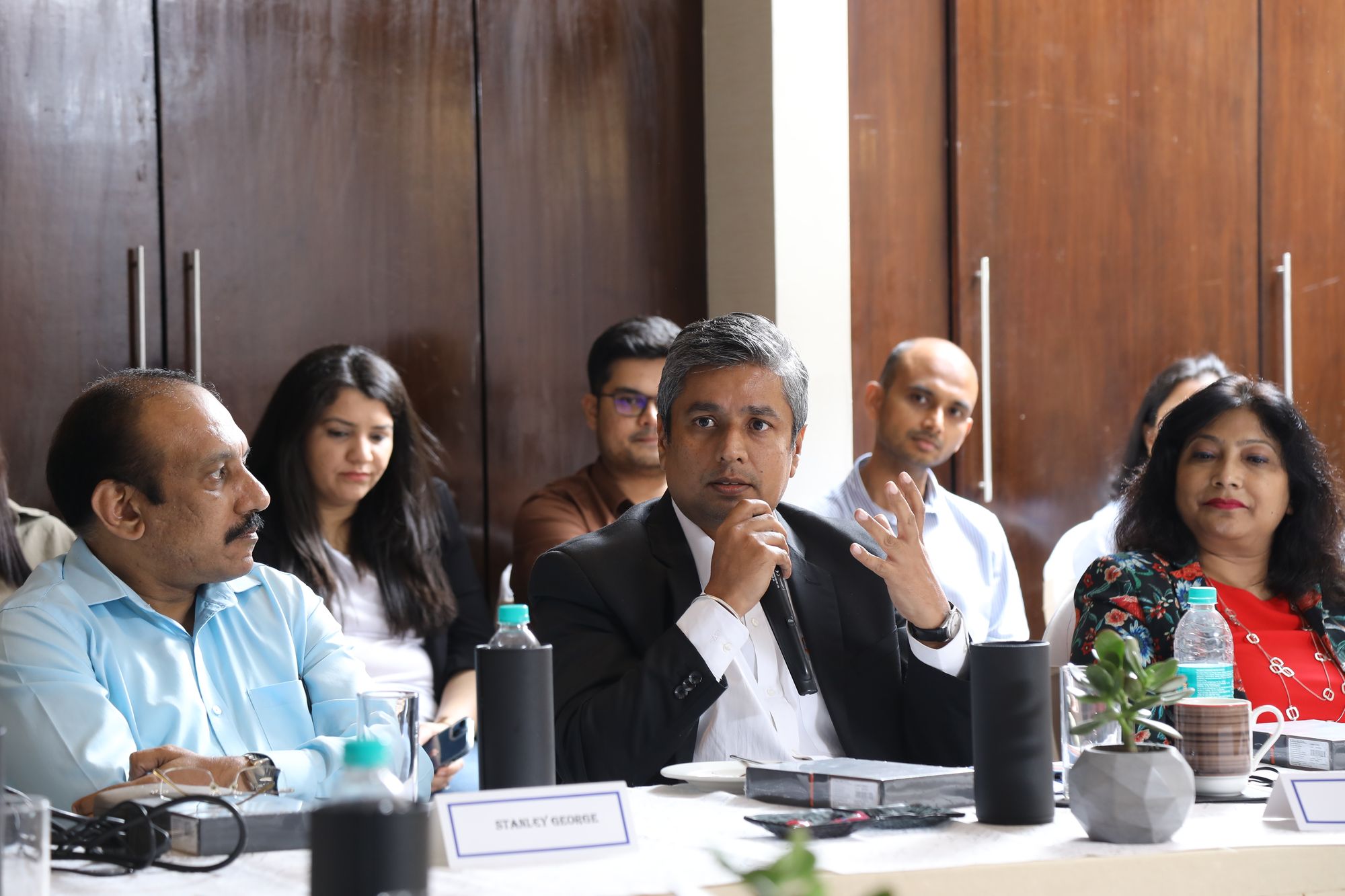
“The curriculum in colleges & universities doesn’t keep up with the industry standards,” he said. “How can we expect students to come out with industry-relevant skills? If you look at the curriculum, engineering institutes still use C & C++. We’ve moved on; most of us are sitting with Java and its various flavours.”
Self-prioritisation
The gap between skills and job requirements is ever-widening. On the other hand, organisations are scrambling to close the one between work and life for employees. At the height of the pandemic, many workers realised there was more to life than the dreaded 9-5. As employees spent more time with family, and organisations saw efficiencies soar, there came sweeping workforce changes that culminated in ‘The Great Resignation’.
As Stanley George, Head - Human Resources at Hexaware Technologies, says: “More and more youngsters have started demanding flexible work. And this has forced us to think of new work structures and to set new expectations for the workforce.”
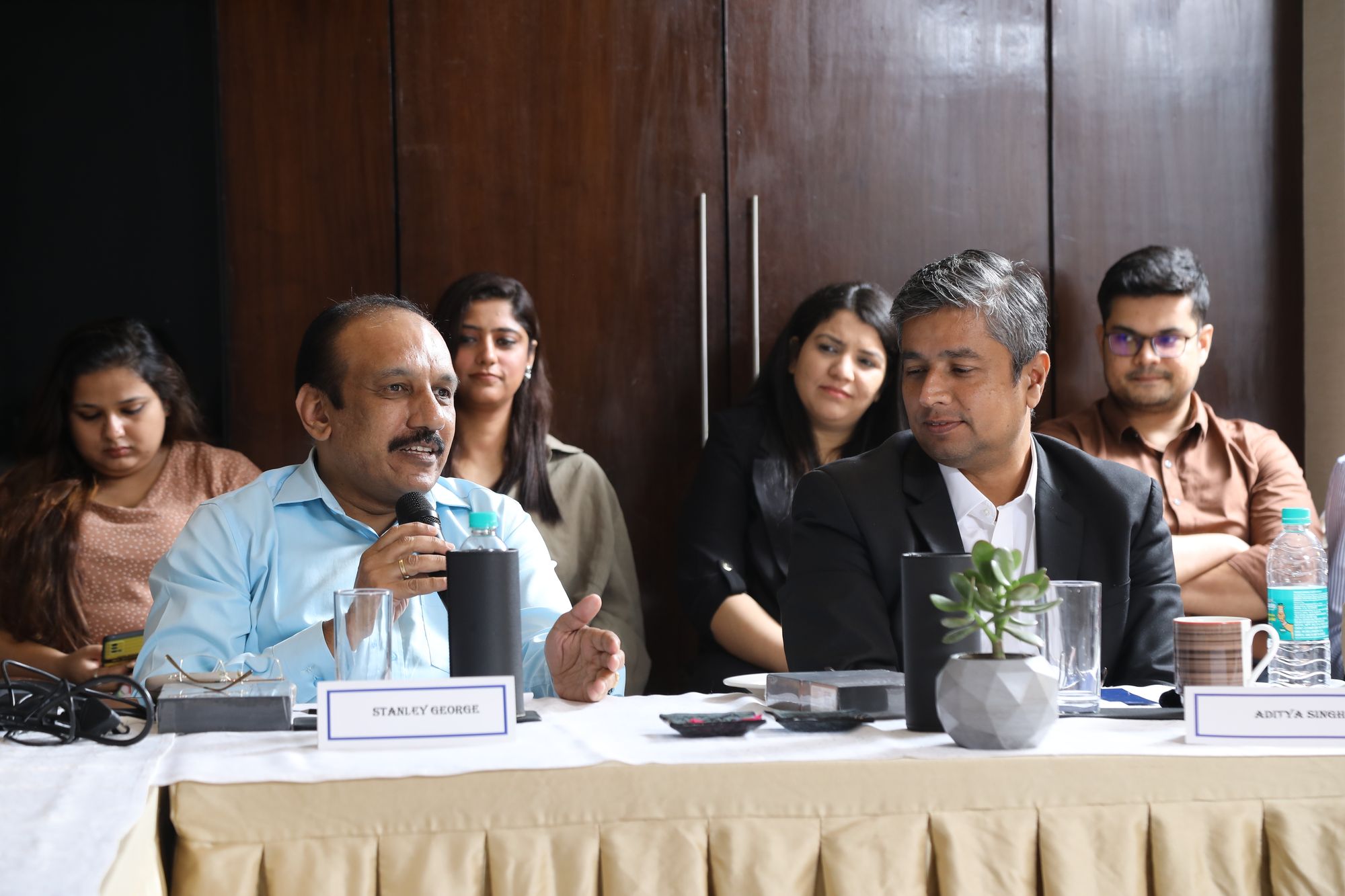
"Earlier your life was around work,” adds Aditya Pal Singh. “People are looking at things very differently now. Everybody is looking for one word - flexibility. Gen Z is born with a smartphone, and they want flexibility. Whereas people who're making decisions are from a different generation."
Part-time work, freelance gigs, flexitime, job-shares, remote working, output-based contracts - you name it, people want it. In fact, recent research by Deloitte reveals a staggering 67% of millennials and 66% Gen Zs identify flexibility as the top priority while looking for a job.
There's a growing sense of self-prioritisation among the up-and-coming workforce. And with not much quality of talent available out there the ball seems to be in the candidates' court.
Untapped Bharat
Organisations have been largely focused on talent in big cities. It may have made business sense to do so a few years ago. It is only recently that India Inc has begun tapping into the oft-ignored hinterlands of the country.
As Dr. Augustus Azariah, VP - Employee & Labour Relations, Kyndryl, says, "The problem is that we continued to cherry-pick talent from tier 1 cities and colleges, and therefore we actually missed out on the tier 2 or 3 colleges and cities."
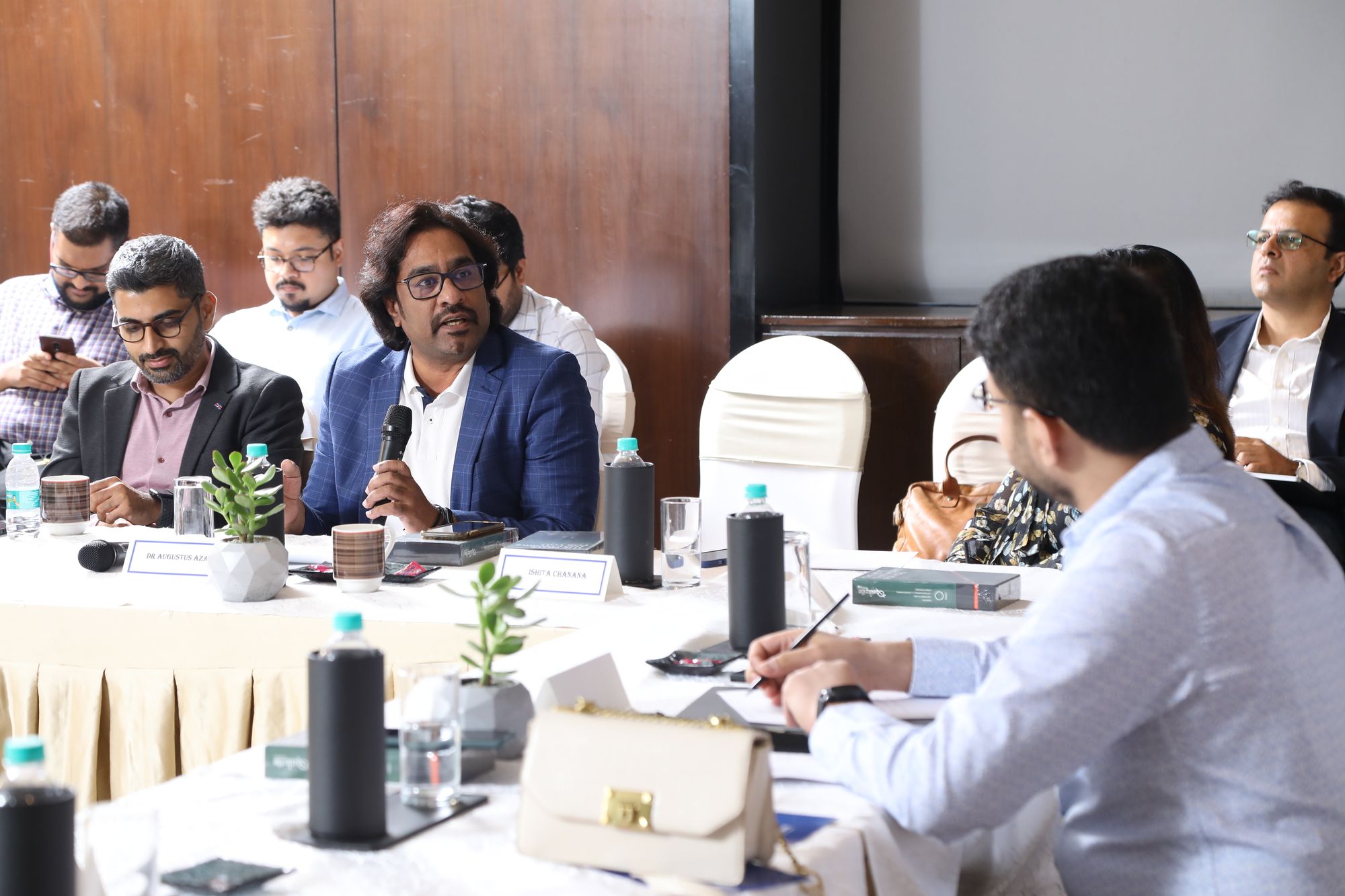
Call it the Jio revolution - youngsters from small town India are no longer the demographic that time forgot. With better access to technology, media, career-counselling, and holistic skill-building, Bharat’s youth stand toe-to-toe with their urban counterparts.
These youngsters are willing to invest in high-growth careers, and move out to the metropolitan cities to pursue their dreams. They upskill themselves with the help of online learning resources, or via finishing schools and boot camps.
“It's high time that companies explore these buckets if they have to solve the talent acquisition problem,” says Alexander Rinku, Director of Human Resources at Oracle.
“Organisations also get quite a few benefits such as a larger catchment area, and talent cost arbitrage,” says Rinku. “Not just that, the attrition rate among candidates from these areas has been lower, historically speaking.”
Unrealistic notice periods and offer-shopping
While ignoring talent from smaller towns and colleges of India is one self-inflicted wound, India Inc. is also shooting itself in the foot with impractical notice periods.
Mohit Sharma, Head Talent Acquisition, KPMG, doesn’t mince his words: “We have a 2-3 months notice period in India which gives an opportunity to every individual to really shop around.”
He continues: “The 3 months notice period was once initiated with good intentions by a few companies, primarily for a proper transition and knowledge transfer. All the other tech companies soon followed suit, but is it really serving the intended purpose?”
To put this in perspective, most companies in the US have 15 days' notice periods.
A long notice period is leveraged to the maximum by candidates. Ishita Chanana, VP HR, Masai, says, “Candidates appear for interview after interview, use one offer to negotiate another, and ultimately end up accepting an offer that far exceeds their own expectations.”
“It also becomes increasingly difficult for companies to retain employees when negotiations are purely based on the best offer in hand,” says Prithveesh MM, Talent Acquisition Leader, TCS. “In turn, it creates more internal disparity and attrition among employees in the same team or project.”
Then there are the last-minute drop-offs by candidates.
“For two months, the HR team would be investing their efforts into onboarding and nurturing a candidate,” says Ishita Chanana, “and the candidate, who might have 4 or 5 such job offers in their pocket, decides to drop the offer for another.”
Especially because of a spurt in online interviews during the pandemic, offer-shopping and offer-dropout rates have been alarmingly high.
Looking at Bharat for a possible solution
What does this mean for the future of talent acquisition in India? What is that one strategy that can potentially provide a quick fix as well as a long-term solution?
Setting aside the more complicated social and cultural challenges such as digital transformation and the demand for work-life balance, the most common theme that came out of the discussion was the country’s untapped potential.
Ankur Kayesth, SVP, Masai, and moderator for the session, said, “We often think of metropolitan cities when we talk about India, but the reality is this: There’s no India without Bharat. The Bharat resides in the villages, small towns, and other lesser-exposed regions of the country.”

He said: “The need of the hour is to influence those areas, to skill the youth that lives in the heart of Bharat, to train them on the latest tools and technology stacks, and then only we’ll be able to look eye-to-eye at the demand-supply gap prevalent in the industry.”
Yogesh Bhat, co-founder and SVP, Masai, said, “I have had the experience of talking to thousands of students. What comes out very strongly is that Bharat is truly aspirational. And they see tech as truly democratic. Essentially, anyone can join the field without a degree as long as they have the skills. It gives them an opportunity to come out of the ecosystem they’re in.”
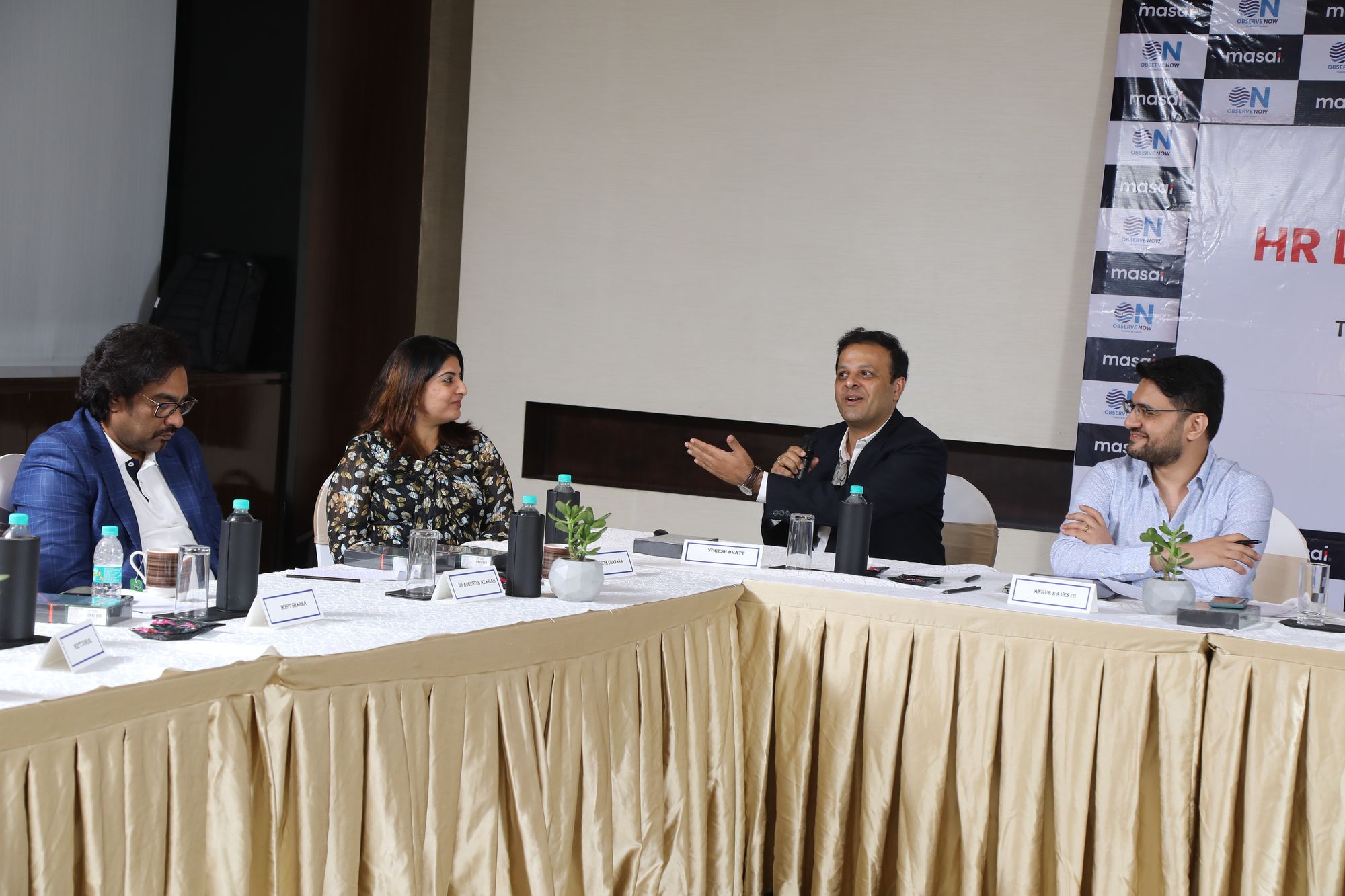
That’s where innovative education models such as finishing schools, coding boot camps, and career-building institutes like Masai play their part.
Another important factor is that the vast majority of the job openings today are in the IT sector. What about the other 80% of non-CS, and even non-engineering graduates passing out every year? Will they just remain unemployable or can they be brought into the IT workforce?
Going back and spending 3-4 years for a computer science degree with an outdated curriculum is impractical. So, what are the alternatives?
“Institutes like Masai have been able to bridge that gap, albeit at a smaller scale,” says Sonali De Sarker, Senior Director & Head Talent Acquisition, Automation Anywhere, “but the promise is there.”
However, despite the promising results, there are a few roadblocks to implementing these solutions.
- Legacy and precedence
- Lack of data and insights
Established organisations have been following legacy protocols for quite some time to recruit talent, and that has worked for them. So, there’s a reluctance to acknowledge the inertia, and to break away from conventional hiring processes by exploring innovative avenues.
Deepti Duggal, Director of Human Resources, Intel Corp, points out the possible doubts that recruiters may raise with an expansive hiring approach: “Companies that are used to recruiting from top-tier institutes on Day 1 of placements, or even a day before placements are opened up, are wary of recruiting talent from Tier 2 or 3 colleges. What's going to happen to the team's culture? Will people in the organisation be accepting of these new recruits?”
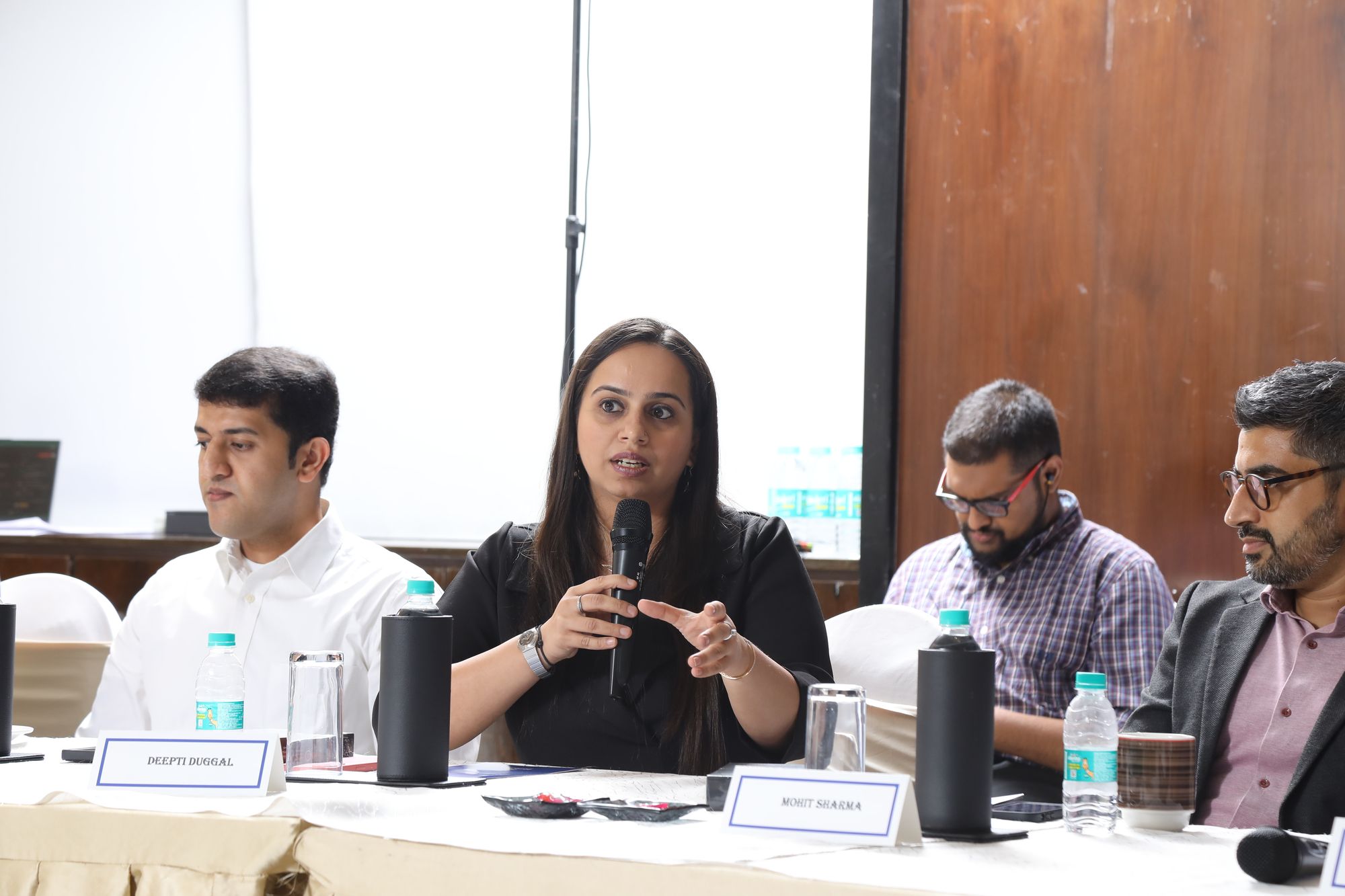
And that’s true to an extent. Even if a company decides to change their mindset and start looking at non-engineering graduates for tech roles, remapping the mindset of hiring managers and project leads is going to be a challenge in itself.
Sathish Bhaskaran, Head Human Resources, Jio, says, “Since this approach hasn’t been tested on a large scale, there’s insufficient data to validate the correlation between students coming from unconventional backgrounds and their work performance.”
But we could argue that if organisations don’t try, how will there be any data?
Hiring and retaining good candidates is perhaps the biggest challenge talent acquisition teams face today. But in the same breath it must also be said that the tech industry in India has always been in a constant state of evolution and will continue to adapt to the curve balls thrown at it.
A few decades ago, hiring was predominantly dependent on the previous work experience of the candidate. Then, thanks to massive talent pools in colleges, campus placements were introduced.
For many years, recruitment was focused on either the 0-1 years of experience bracket or the 3-4 years’ bracket. Very quickly, the overlooked ‘early talent’ (2-3 years of experience) bracket came into prominence.
Upskill and re-skill
The needle has moved yet again: Another creative solution that has come up in recent years has been re-skilling and upskilling staff within an organisation.
India's IT sector must develop a strong employer branding strategy to attract talent. Through initiatives such as creating comprehensive diversity, leveraging social media platforms and promoting employer brands, this can be achieved. Adapting to a fast and ever-changing digital landscape will prove to be one of the most important challenges, but it will assuredly be rewarding in the long term. The IT sector can thrive and offer global competition by spotlighting up-skilling and reskilling.
Richa Sethi, Director of Human Resources APAC, First Source, talks about her own experience with this strategy: “One thing that we started to do during the past 1-2 years was to really build a digital mindset within the organisation. So, that's not only for people on tech profiles but all across the board. That way, you're not just dipping into the pool outside but you start to re-skill and upskill the pool inside as well. We started to actually train some of our non-technical staff for automation skills, and we saw some fantastic results.”
If re-skilling employees is fetching results, so will turning employees into evangelists.
Employees as evangelists
A Glassdoor report suggested 77% of candidates considered the company's culture before applying.
Gone are the days when the brand name was sufficient to attract candidates. Companies must now project a culture that matches not only their own brand, but also the values of their desired talent. Retaining an employee isn't just about increasing their salary. Today’s hyper-aware workforce needs the freedom to experiment and grow, and the backing to execute a fail-fast methodology.
And this process of evangelism is not just an internal process; they influence future recruits as well.
Before accepting an offer, candidates scour the web for insights into their potential workplace. If you’re a talent acquisition leader reading this, are your current employees representing your brand well on LinkedIn? What kind of employee reviews do you have on Glassdoor? All this matters to today's generation.
Embracing the gig economy
Adapting to the gig economy is another avenue organisations can explore.
As dire as the pandemic was, it also brought the gig economy to prominence. A collaborative ecosystem that eschews the traditional salary-based contracts, the gig economy brought freelancers, contractors, solopreneurs, to the fore. And with the markets opening up after the pandemic, they want more.
Many millennials, and the majority of Gen Z are no longer looking for long-term employment. Instead, they want to work with a degree of freedom on meaningful, purpose-driven projects where they can see their impact.
Therefore, it’s important for organisations to meet the talent where it resides, even if that means modifying policies and procedures.
As the roundtable conference wound to a close, there was an air of excitement in the room. Each panelist had initially entered the room with their own challenges weighing them down. Over the course of the conversation it became clear that these challenges were not limited to just themselves, but were an industry-wide phenomenon.
In fact, these weren’t challenges at all. Instead, these were opportunities, waiting for that push to become industry best practices.
As Alexander Rinku, Director of HR at Oracle, puts it, "When companies brand themselves, as anybody can be in IT, and break the pattern, only then will they survive and thrive."

FAQs
Why hire tech talent from India?
Hiring tech talent from India is a great option because of its exemplary tech talent pool. Many skilled app, web and software developers are updated with the latest tech trends in the IT sector, including embracing AI and AI-powered tools.
What is the current situation of the IT industry in India?
As of March 2023, the Indian IT sector employs over 5 million people. In the aftermath of the COVID-19 pandemic, massive layoffs took place that led to a surge in stagnation of skilled and specialised developers. This, in turn, caused stiff competition in IT hiring.
How do you retain tech talent?
Some of the ways in which tech talent can be retained are:
- Hiring smartly and investing in employee growth.
- Incentivising work productivity and building company value.
- Investing in upskilling and reskilling of the workforce.
- Utilising and integrating AI-powered tools to hire, assess and grow worker efficiency.

